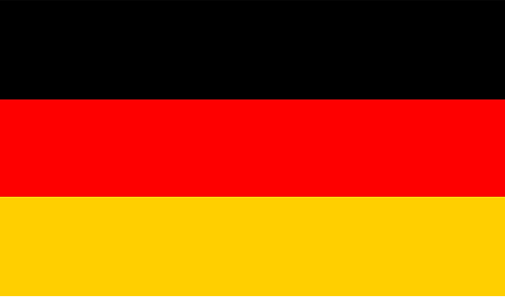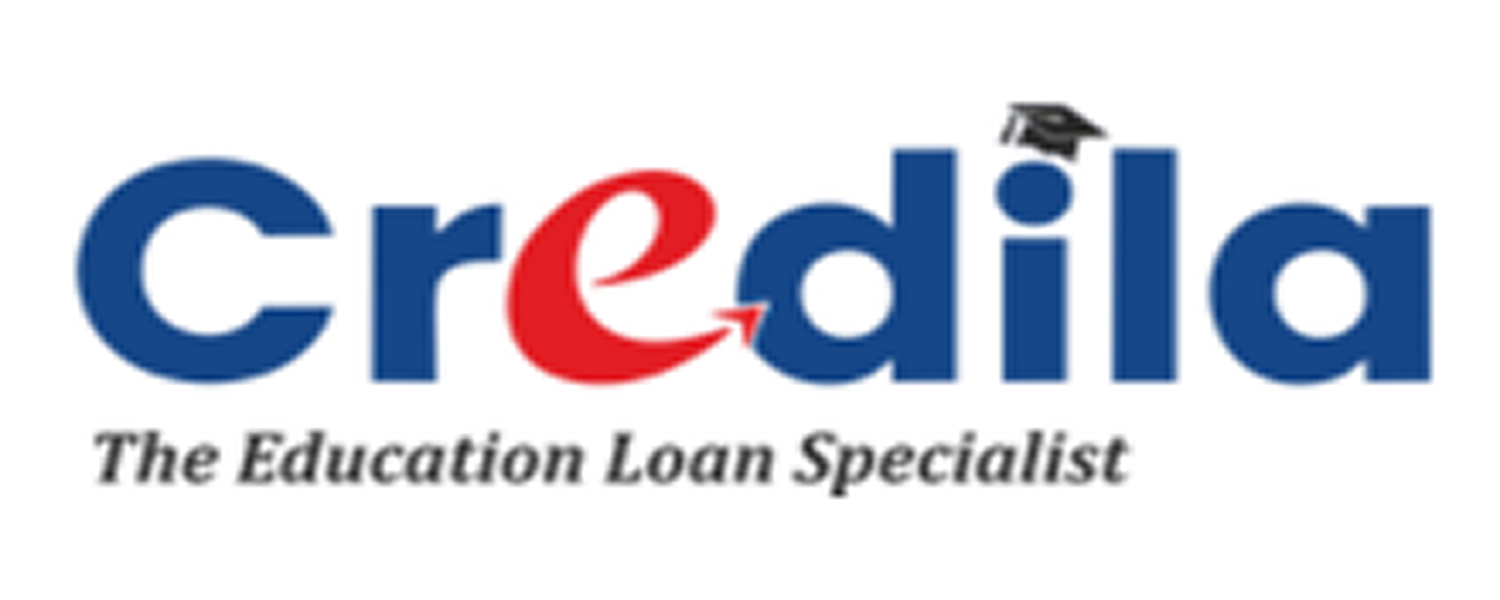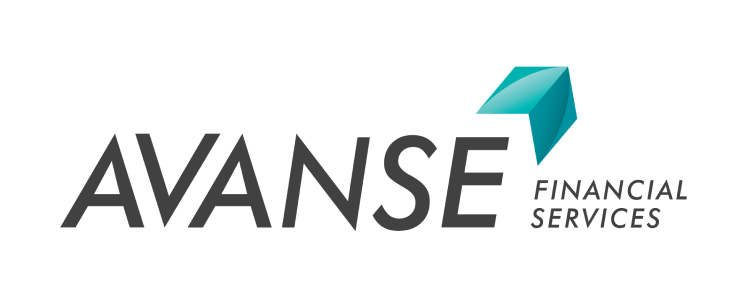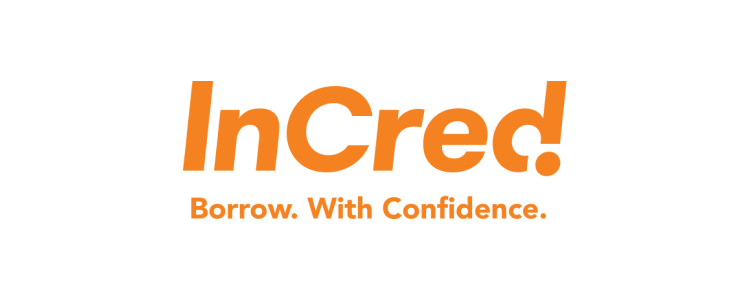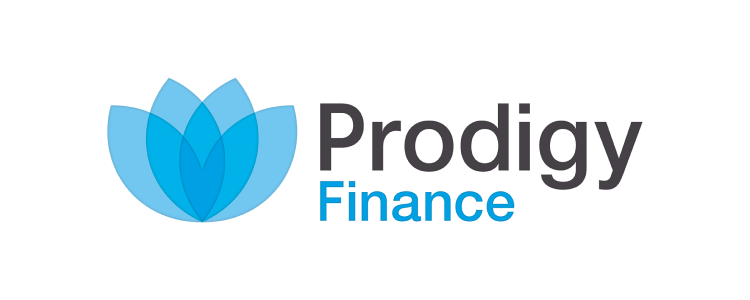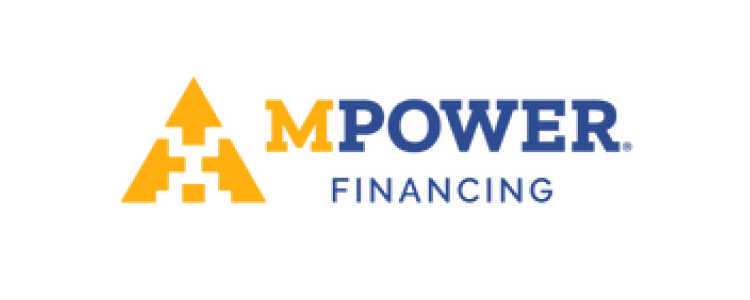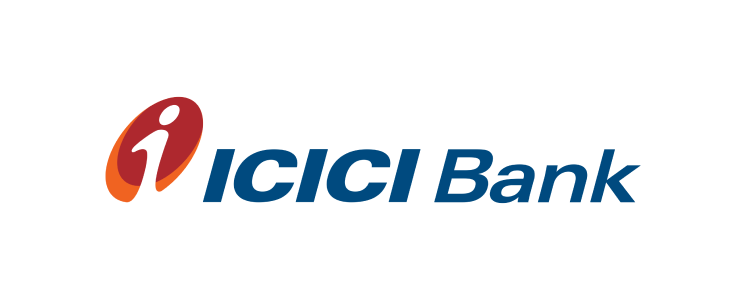Education Loan for Study in Canada
Share this Article

Table of contents
Types of Education Loans for Study in Canada
- Secured Loans
- Unsecured Loans
An unsecured education loan does not need any collateral. Since there’s no guarantee given, the risk for the bank is higher. That’s why these loans usually have higher interest rates. You will also need a co-applicant (like a parent or guardian), and the loan approval depends on their income and credit score.
Choosing a loan can be hassle But we make it simpler

Study Programs Eligible for an Educational Loan for Canada
- Undergraduate (Bachelor’s) Degrees
- Postgraduate (Master’s) Degrees
- Diploma and Advanced Diploma Courses
- Postgraduate Diplomas and Certificates
- PhD and Research Programs
- Professional Courses (e.g., Engineering, Medicine, Law, MBA)
- Vocational and Skill-Based Programs at approved institutions
Always check with the bank for a list of approved colleges and courses, as eligibility can vary.

Top Banks and Financial Institutions Providing Education Loans for Canada
| Category | Institutions |
|---|---|
| Nationalised Banks | State Bank of India (SBI), Bank of Baroda, Bank of India, Union Bank of India, Bank of Maharashtra |
| Private Banks | Axis Bank, ICICI Bank, IDFC First Bank |
| Co-operative Banks | Saraswat Bank |
| NBFCs | HDFC Credila, Avanse, InCred, Auxilo, Credenc |
| International Lenders | MPower Finance, Prodigy Finance |
Expenses Covered by Abroad Education Loan for Canada

| Category | Expenses Covered |
|---|---|
| Cost to Study | Tuition fees, admission fees, examination fees |
| Academic Materials | Books, laptops, study tour expenses |
| Living Expenses | Accommodation/hostel fees, food expenses |
| Other Costs | Travel expenses, caution deposit, health insurance, and other miscellaneous expenses |
Eligibility Criteria of Education Loan for Study in Canada
- Your age should be 18 years and above
- You must be an Indian citizen
- You must have an admission letter from a recognised Canadian university
- The course must be valid
Eligibility Criteria of Studying in Canada
- Age Requirement
The age criteria vary from program to program. The minimum age criteria to study in Canada is 18 years or older. However, a few programs might have extra age-related criteria based on the course.
- Educational Qualification
- English Proficiency Test
- Entrance Test
Documents Needed for Education Loan for Study in Canada
- A duly filled-out loan application form
- Entrance exam results
- Qualifying exams marksheets
- Admission Letter
- Statement of cost of education
- Passport-size photographs
- Residential Address proof like Adhaar, utility bill, etc.
- Identification proof like Adhaar, PAN, Voter ID, and Passport
- Your bank account statement for the last 6 months
- Parents/guardians’ ITR for the last 2 years
- Additional documents asked by Qck Loans
Guaranteed Investment Certificate (GIC)
How to Get an Abroad Education Loan to Study in Canada?
- Step 1 – Check Your Eligibility
- Step 2 – Get Expert Guidance
- Step 3 – Submit Documents Easily
- Step 4 – Quick Verification & Approval
- Step 5 – Loan Disbursement
Loan Sanction and Pre-Visa Disbursement Process for Canada
Part-Time Jobs in Canada
Click below to learn more about part-time jobs available in Canada.

What to do After Completing Studies in Canada?
- Post-Graduation Work Permit (PGWP)
- Permanent Residency (PR)
Our free tools will help you out
EMI Calculator
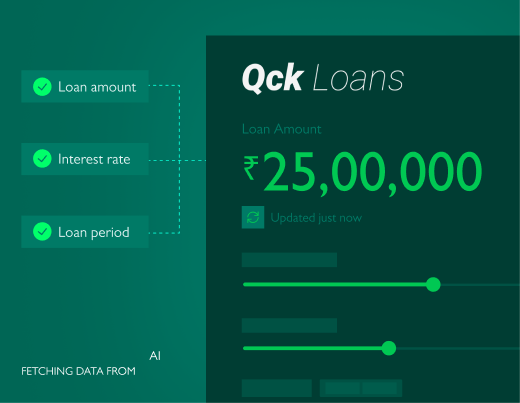
EMI Calculator

Everything you need to know
Canada is a dream study destination for many people. It is famous for its incredible education system and universities, apart from healthcare and tourist places. The country offers a special Indian Card Status that allows you to continue your studies without a study permit. That is the reason Canada is popular among Indian students.
Yes, of course! You can apply for an education loan from Qck Loans and pursue your dream of embarking on your academic journey in Canada.
The amount of an education loan for Canada is based on your course type and university. UG courses cost approximately CAD 20,000 to CAD 35,000 per year. On the contrary, PG courses cost around CAD 20,000 to CAD 40,000 annually, and Ph.D. courses cost CAD 10,000 and CAD 25,000 yearly on average.




